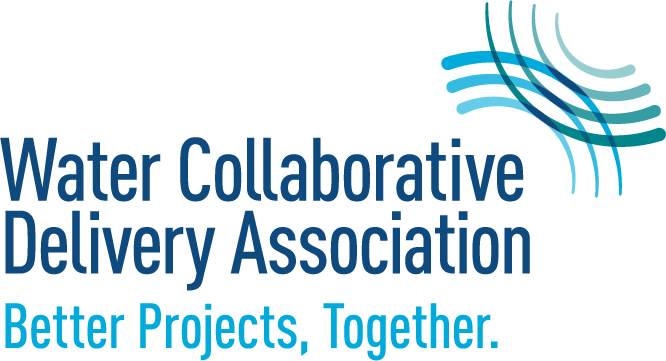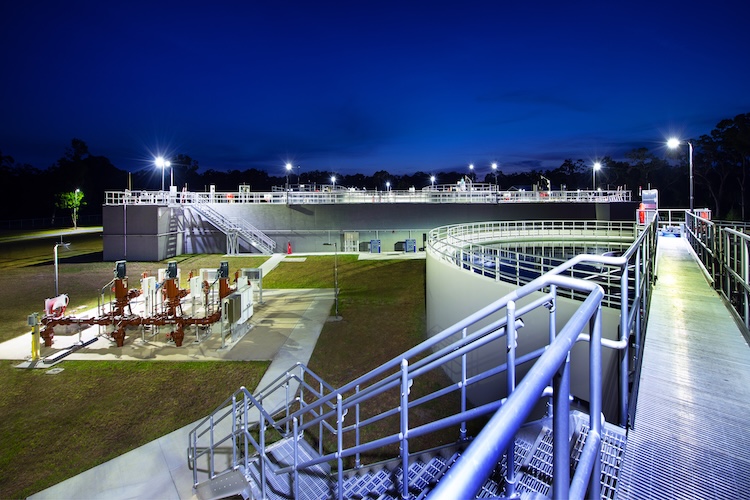In today’s market, the only certainty is uncertainty. This unpredictability—compounded by an unprecedented surge in water and wastewater infrastructure projects—has created a challenging environment for all project stakeholders.
To better understand how industry leaders are responding to tariff-related uncertainty, the Water Collaborative Delivery Association (WCDA) Research Committee conducted an informal poll during its June 2025 quarterly meeting. The survey gathered insights from more than 100 participants, offering a snapshot of current thinking and proactive strategies.
To make sure we were polling the right audience we asked the following questions:
Have you ever heard of tariffs?

To our great relief, 100% of respondents claimed they were aware of tariffs, so we were off to a good start. Now we needed to dive a bit deeper into the issues surrounding the impacts of tariffs on our industry.
Do you think the uncertainty in the tariffs has the potential to impact construction projects?

This was another baseline poll question and, again, not a terribly surprising response. Indeed, the biggest surprise was that somehow we lost three audience members in the span of a few minutes.
Anecdotally, we heard from members that project impacts range from volatile pricing of equipment and materials to unpredictable delivery times. In many ways, these impacts mirror the disruptions experienced during the COVID-19 pandemic (2020–2023).
Time for one more warm-up question:
Do you possess a crystal ball that allows you to know what the final tariff will be?

Every audience has a few wags in it, so the “yes” responses were not nearly as troubling as the fact that we lost one more audience member to some mysterious malady. However, we soldiered on as best we could, bolstered by the majority of “no” responses, to the next question.
What is the best way to handle tariffs?

While predicting tariff outcomes may be unrealistic, being prepared is entirely within reach. Rather than blaming external forces or ignoring the issue, project teams should engage in early, open conversations about which project components may be affected and how to address them.
This begins with a thorough risk analysis, which includes developing mitigation strategies that appropriately allocate the risks.
That was a tough one, so we decided to ease off on our audience a bit in the hopes the number of responses would continue to go up.
Would it be helpful if there were project delivery methods that made it easier for all stakeholders to understand how tariff risks can be mitigated?

While devotees of legal television dramas might be shouting, “Objection! Leading the witness!” to this question, no one was under oath, so we chose to allow it. We were also pleased that 108 of our original 109 respondents found their way back into the conversation.
Of course it would be helpful if there were project delivery methods that would help mitigate tariff risks. But what could they be?
Is there a project delivery method that you think is best to handle tariffs?

At the heart of collaborative delivery is open and honest discussion—a principle that aligns perfectly with the need to address tariff uncertainty. It’s no surprise that respondents identified collaborative delivery as the most effective method for managing these challenges. For more on these models, refer to Chapter 2 of the WCDA’s Water and Wastewater Collaborative Delivery Handbook, 6th edition.
And while some projects may be temporarily paused, this is not a sustainable solution given the volume of infrastructure work needed nationwide. Instead, teams must rely on proven tools and strategies—many of which were successfully used during the COVID-19 pandemic to manage material delays and supply chain disruptions.
Now, a little tougher question:
Which project tool would be best suited to working collaboratively to address tariffs? (select up to 3)

Litigation, name calling, or even just going home are potential options, but they certainly aren’t long-term solutions. Project teams must use proven solutions that have helped mitigate and overcome past challenges, such as the severe supply chain disruptions seen during the COVID-19 pandemic.
The top three strategies identified by respondents all shared a common foundation: communication. Avoiding the issue is not a viable option. Instead, teams should focus on the following:
• Risk registers (see Chapter 8-09 of the WCDA handbook) to identify vulnerable project components
• Mitigation planning, including sourcing alternatives, prepurchasing materials, and establishing contingencies
• Collaborative problem-solving rather than litigation or finger-pointing
Final Thoughts
While our survey sample was limited and may reflect some inherent bias, the message is clear: We may not control tariffs, but we can control how we respond to them. By embracing the principles of collaborative delivery and prioritizing proactive communication, project teams can navigate uncertainty and drive successful outcomes—even in turbulent times.
Special thanks to the following committee members who contributed to this blog: Erik Anderson (WCDA Research Committee Chair | Wharton-Smith); Courtney Dantone, DBIA (WCDA Research Committee Vice Chair | The Walsh Group); Patrick C. Brooks, PE (Parsons); Michael Jolliffe (GHD); and Karen Pallansch, PE, BCEE, WEF Fellow (WCDA Outside Director)| Cross Water Strategies.

